
Glasses trial sets sights on primary pupils
A new trial launched today aims to ensure primary school pupils get the glasses they need in order to improve their maths and reading skills.

A new trial launched today aims to ensure primary school pupils get the glasses they need in order to improve their maths and reading skills.
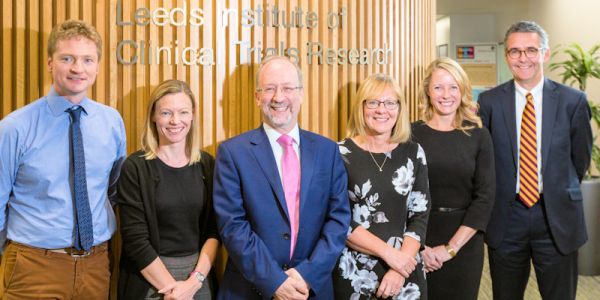
Doctors and scientists at Leeds have received a major boost from Cancer Research UK for pioneering work with cancer.

Treating male infertility using a new IVF technique does not increase the likelihood of having a baby, according to the results of a randomised controlled trial.
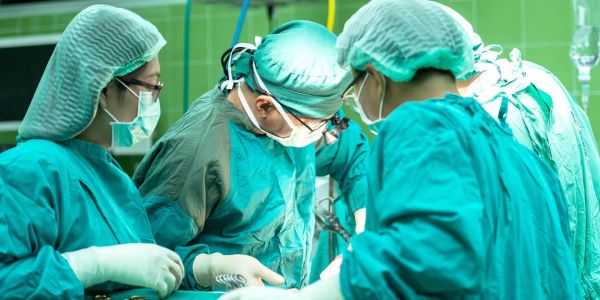
Rain-repelling fluorochemicals used in waterproof clothing can and should be phased out as unnecessary and environmentally harmful, textile researchers argue.
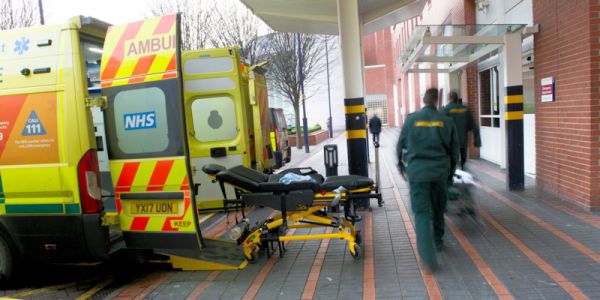
Admission to hospital with a heart attack outside normal working hours does not appear to increase a patient’s chance of dying in hospital, according to a study of more than 600,000 patient cases.
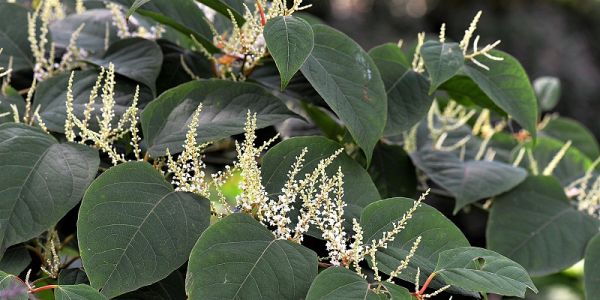
There is no evidence that Japanese knotweed causes more significant structural damage to buildings than many other plants, a Parliamentary committee will hear today.
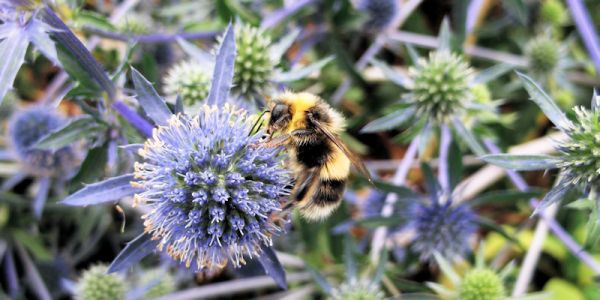
Given the pressures that pollinators face on agricultural land, cities could play an important role in conserving pollinators, according to a new study.

Astronomers have captured one of the most detailed views of a young star taken to date, and revealed an unexpected companion in orbit around it.

Scientists have developed a new way to deliver anti-parasitic medicines more efficiently.

Harmless flies have evolved over millions of years to mimic the appearance of stinging insects, but new evidence suggests climate change is reducing the effectiveness of that disguise.